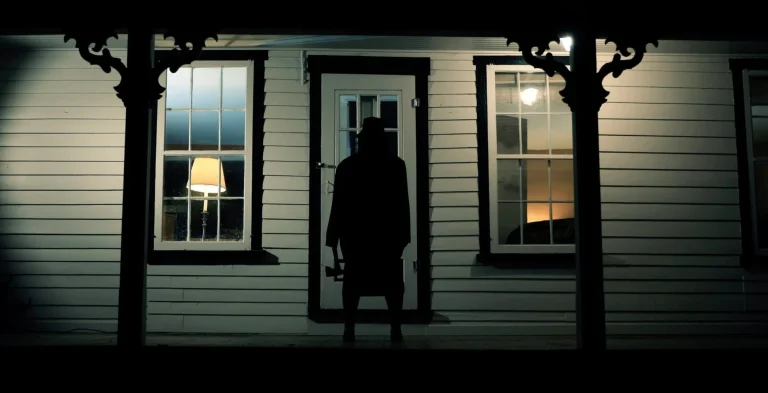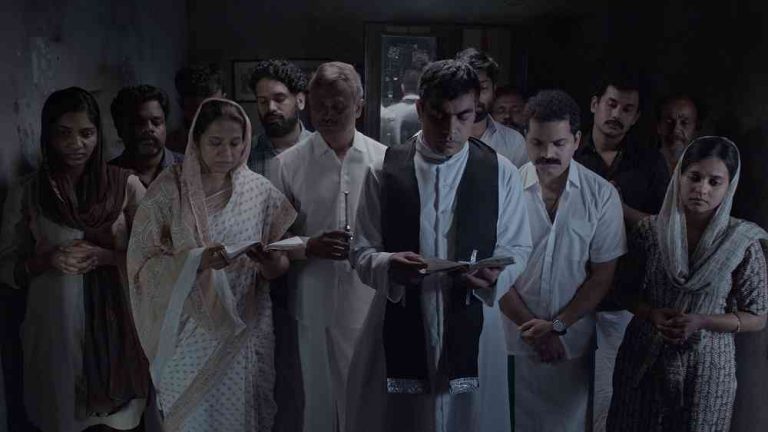Bipuljit Basu’s “Redlight to Limelight” is a plunge into the full-bodied resilience, dreams, and struggle for daily grace in Kalighat’s sex worker community. We are taken through alleys and humble houses as the director opens out windows into the fragility of their hopes for their children.
As much as mothers insist on their kids taking education seriously, it’s equally on the latter to take heed, allow for possibilities. With an inconspicuous style, Basu draws and erases lines between the real and dramatized. Amongst the community, a small group called CAM ON, headed by Rabin, who’s the director, takes up a camera and mounts a short film.
It locks onto primarily four individuals-Meena, the mother, her two daughters, Afsara and Bilkis, and Rabin. The short film, which Rabin makes and “Redlight to Limelight” is hemmed in by, riffs on the community’s shared experiences of trauma, grief, shoulder-to-shoulder pushback against exploitative men.
Basu’s gaze is non-invasive, always empathetically searching. Only at one point, Basu asks Meena how she might have responded to an incident from the film in real life. While the grime is on constant display, people’s hopes, stifled yet yearning, seem to burst through. Some are deep down in the trenches of their lives, floating away, while others like Bilkis seek to break the wheel. Yes, the alternatives might be tough. The gigs Bilkis takes up are initially low-paying, considering the long hours they demand. But she’s determined to stick it out, keeping faith in slowly rising through the ranks. There’s hope vested in persistence, peace of mind it can bring in the long haul.
In “Redlight To Limelight,” Basu is cautious in not imposing needless stylisation. The emphasis stays on the mundane folds of life as it is for the community. There’s no superfluity of drama, rather an emotional consonance derived from everyday struggles. How do the women scrape from one day to the next? One of them mentions they just cannot go out every night on the street to accost clients. They might catch a cold or a fever. So, on the few days they do, the survival urge—with so much on it—is doubly loaded.

Paternal figures are absent. It’s the women at the forefront of their lives, fierce and unapologetic and resolute. As much as tough and weary as their lives are, they refuse to owe it to anyone for telling them to redesign them. The short film CAM ON is doused with tragedy. It’s the way that often seems the only fate for the sex workers, as if stuck in endless punishment over their livelihood. Many have been just carted off into these lives.
Stories of families, relatives, and kinsfolk post-marriage trundling women into sex work lace the fabric of Basu’s film. Often, their families have abandoned them, wholly dissociated. For the sex workers to burn through a new trajectory, it’s not just a matter of money but also fortitude and patience required to pull through. Taboo and shame, of course, insist everywhere.
Basu’s film stands testament to the indomitable sense of community, the strong sisterhood among the women. There’s a clutch of moving sections, like two sobbing together on a quiet night with no customers. They show up for each other in daily frustrations and sudden crises. Each is aware that the road is severe and merciless, but has the support of one another. CAM ON’s endeavour rides on collective determination. When funds get short, they get together to cobble out a way. Their lives are already hard-pressed, but they pool the little money they have when they are certain of Rabin’s project.
They see his sincerity, appreciate the shards of joy and self-realisation his film props up. It draws very much from what he has witnessed, anecdotes heard, and passed around. Being someone who’s grown up amidst them gives them trust. He has the women themselves as his crew, holding up the mics and equipment. Collaboration is embedded in the making. Unlike many other films about the community with an externalised slant, this is congruous, tied with the active partnership of the workers. Creativity isn’t just an expression but a form of rescue, laced with the capacity for change.
“Redlight To Limelight” never cuts down on the workers’ ebullience, their absolute defiance of conventional pandering to the callous demands of men around them. They simply have had enough and don’t flinch at lashing out against brazen violence and harassment. As much as there’s occasional discomfort among local men around the film, what it might capture, the workers are adamant that it gets made. The making of the film reminds them of their collective power. As Basu’s film winds up, it plays as both a self-affirming and wistful embodiment of the workers and their succeeding generations.







![Olive Kitteridge [2014] Review – An uncensored account of repressed emotions](https://79468c92.delivery.rocketcdn.me/wp-content/uploads/2020/10/Olive-Kitteridge-1-highonfilms-768x432.jpg)
